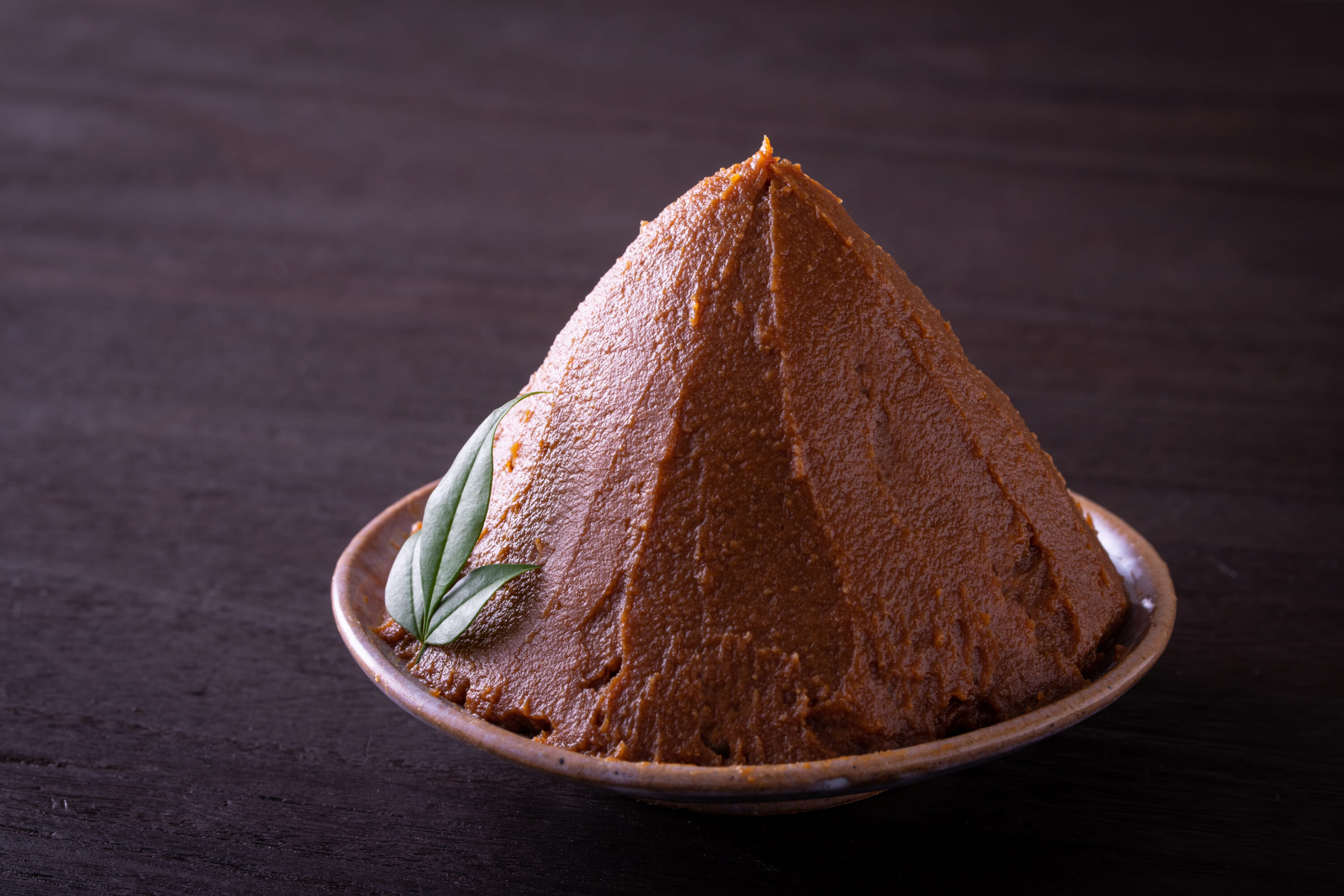Although the Hulu-Disney+ historical drama Shogun stars a character named Yoshi Toranaga (Hiroyuki Sanada), he is clearly based on real-life warlord Tokugawa Ieyasu (1543–1616), the founder of the Tokugawa shogunate that ruled Japan for over 250 years. While one might question the need for the name change, the show does get a lot of things right about the man, portraying him as a calculating, meticulous tactician who served the previous unifiers of Japan all while patiently waiting for a chance to seize power for himself. Historical sources agree that Tokugawa Ieyasu was indeed the shrewd and dignified man we’ve seen in the miniseries. The rumors and legends surrounding him, though? They paint a slightly different picture.
Ieyasu the Dine-and-Dasher
The 1573 Battle of Mikatagahara in modern-day Shizuoka Prefecture was one of Ieyasu’s biggest failures. While in the service of Oda Nobunaga, the first great unifier of Japan, Ieyasu decided to take on the army of Takeda Shingen, who was trying to pass through his territory to attack the “Demon King.” Perhaps driven by loyalty or pride, the young Ieyasu set out against one of the most feared warriors in Japanese history to pretty predictable results. After losing most of his retainers, Ieyasu was forced to retreat to Hamamatsu Castle, but according to local lore, he first stopped at an inn for some tea and azuki mochi sweets.
However, his respite was interrupted by reports of advancing Takeda troops. Fleeing for his castle (and his life), Ieyasu left the inn without paying. That’s when the elderly innkeeper reportedly chased after the warrior, gave him a good talking to and made him pay his bill. To honor this occasion, the area where the inn stood has been renamed Azukimochi, and the spot where Ieyasu was called a moocher in front of his soldiers was named Zenitori (“Taking of the Money”). Both places are now part of Hamamatsu city.

Ieyasu the Great Reliever
Not being satisfied with humiliating Ieyasu at Mikatagahara once (twice if you count the whole “losing your army and almost being killed” thing), history has decided to keep the failure party going even after the dine-and-dash incident. Only in this next instance, Ieyasu lost something more precious than money: He lost control of his bowels.
Legend goes that after arriving at Hamamatsu Castle, one of Ieyasu’s retainers noticed that the warlord had soiled himself during the frenzied retreat. A nice person wouldn’t mention it and would pretend he saw nothing, but the warrior pointed his lord’s backdoor blunder out to him. Wanting to defuse the situation and probably being tired, Ieyasu dismissed the comment with a simple, “This? This is miso.”
It wasn’t the first time that Ieyasu’s excretions made it into history. As a child, Ieyasu was a hostage of the Imagawa clan. One day, some Imagawa vassals were taunting him and calling his father a coward (because this was before the internet, when the primary form of entertainment was being a jerk to children). Normally, as a hostage, Ieyasu had to take whatever insults were thrown his way, but on this occasion, legend says he defiantly stood up and urinated at the feet of his bullies.
There’s also an unverified story about Ieyasu and Toyotomi Hideyoshi, the second great unifier of Japan, cementing their new partnership in 1590 by taking a leak together, laying the foundation for Ieyasu’s rise to power that would eventually lead to over two centuries of peece. We apologize for this joke. It won’t happen again.
Ieyasu the Victim of Tempura
Ieyasu was a bit of a health nut. He reportedly enjoyed simple meals, exercised regularly by swimming in the moat of Edo Castle and even studied traditional Asian medicine, often mixing herbs for himself or his retainers. Perhaps this is why he lived to the ripe old age of 73, which isn’t all that amazing now but in the early 17th century? It was impressive. He might have lived even longer, though, if he hadn’t had sea bream tempura one fateful day.
This is the part of Ieyasu lore that has the most sources backing it up. Many historians agree that the great shogun Tokugawa Ieyasu did indeed die some time after eating sea bream tempura. It’s just that the reality behind it isn’t all that funny. It’s believed that the rich, heavy meal — the kind that Ieyasu wasn’t accustomed to — aggravated some underlying gastrointestinal condition, possibly stomach cancer, which the warlord ignored until it was too late.
Such an ignoble end naturally resulted in outlandish rumors meant to make Ieyasu’s death seem more befitting of the man. The leading one says that the tempura was actually poisoned and killed Ieyasu in 1615, after which he was replaced with a double, a kagemusha (literally, “shadow warrior”). That’s how people like Tokugawa Ieyasu are meant to die. Not with a “my tummy feels weird” — but with a bang.









